5 tips for a successful Preschool Ballet class
Teaching Preschool Ballet can be incredibly rewarding but it can also be immensely difficult and draining. When you run a successful Preschool Ballet class you finish feeling accomplished, the kids leave feeling enchanted and the parents are thrilled, but when things don’t go so well you can end up feeling like you’ve been run over by a bus, or perhaps more appropriately, a tribe of tiny ballerinas who have left ballet slipper imprints on your forehead. In order to prevent that from happening, today we are going to discuss 5 top tips for how to run a successful Preschool ballet class the 5 essential ingredients.
T – Tone
Your tone of voice is incredibly important when it comes to successful Preschool ballet class. Because we are dealing with very young children, it is tempting to talk in an over-exaggerated voice, energetic for the whole class. This kind of voice is great, but you don’t need to keep that up for the entire class. A change of tone can really change the mood and be a circuit breaker if things are starting to go a bit crazy. Different tones of voice you can use in Preschool Ballet class are bright and bubbly, silly, high, low (to match movements), funny sound effects to go with different steps, firm, and a very quiet voice. This last one can be super effective. When I was a very young teacher one of my mentors passed this tip on to me and I thought she must be quite mad. Who would ever start whispering in class and expect it to have any effect, a much younger and much much less experienced me thought. It wasn’t until one day when I lost my voice that I truly appreciated how much of a difference tone can make in a Preschool Ballet class, well any class actually. When you suddenly switch to whispering, your baby ballerinas suddenly stop in order to try to hear what you are saying. They listen! Yes, amazing, they listen!!
I – Imagination
When we run our preschool ballet classes, we aim, among other things to enchant the children, to instill a love of ballet. What better way to achieve this than with industrial quantities of imagination. Imagination can obviously be used in creative movement and mime but it can also be integrated into every aspect of a preschool ballet class by using imagery. When it comes to imagery in Preschool Ballet class, the sky really is the limit. When we do pliés we are in a marshmallow room, pushing the marshmallow walls away, when we do tapping tendus we are splashing in a pond, when we wave our scarves we are casting a spell. Imagery in preschool ballet class not only helps fire the imagination of our baby ballerinas but also helps keep them engaged which is like a magic wand for class control and the general flow of the preschool ballet class.
P – Props
Props are a Preschool Ballet Teachers best friend. They are not only fun and help with imagery but they really help divide the class into predictable phases. When children understand the structure of a class and know what to expect next, behaviour dramatically improves. Props can also serve as a sort of circuit breaker when attention is wandering. Nothing like a bag of sparkly scarves to refocus a class!
P – Phases
As mentioned above, phases are integral to successful Preschool Ballet classes. Having predictable class phases helps with attention spans, allows you to incorporate different elements into your class, eg mat steps, locomotion, creative movement, and also helps to pace the class. An example of phases that should be included in any Preschool Ballet class plan is, welcome and warm-up, stretches, mat work (Pliés, tendus, sways, etc), locomotion (fairy runs, marches, skips, etc), creative movement, (eg mime, acting out a story), fun farewell.
P – Playlist
Where would a Preschool Ballet Teacher be without a playlist!? A good playlist is a key to successful Preschool Ballet classes. At the start of class, I just let the playlist play which means no time away from the class. This is vital in the opening stages of a Preschool ballet class, especially if you have children who are feeling a bit nervous. The main goal for the opening section of the class is to get everyone settled and engaged. All attention needs to be on your ballerinas. I use an Apple Watch which has been a game-changer for me in that I never have to leave my class to go over and adjust my music.
You can find the exact class plan I use to teach Preschool Ballet class here. There are so many ideas and progressions and it includes playlists, a prop list of what to use, when, and how, tips for class control and tips to engage your baby ballerinas, fun activities for the farewell phase of the class, class plans, and coloring sheets. I can honestly say, it’s never let me down.
Looking for more information about how to teach preschool ballet class?
Check out these articles
Turn Preschool Dance Disaster in Preschool Dance success
5 things you won’t want to teach Preschool Ballet without
Top 5 Preschool Dance action songs

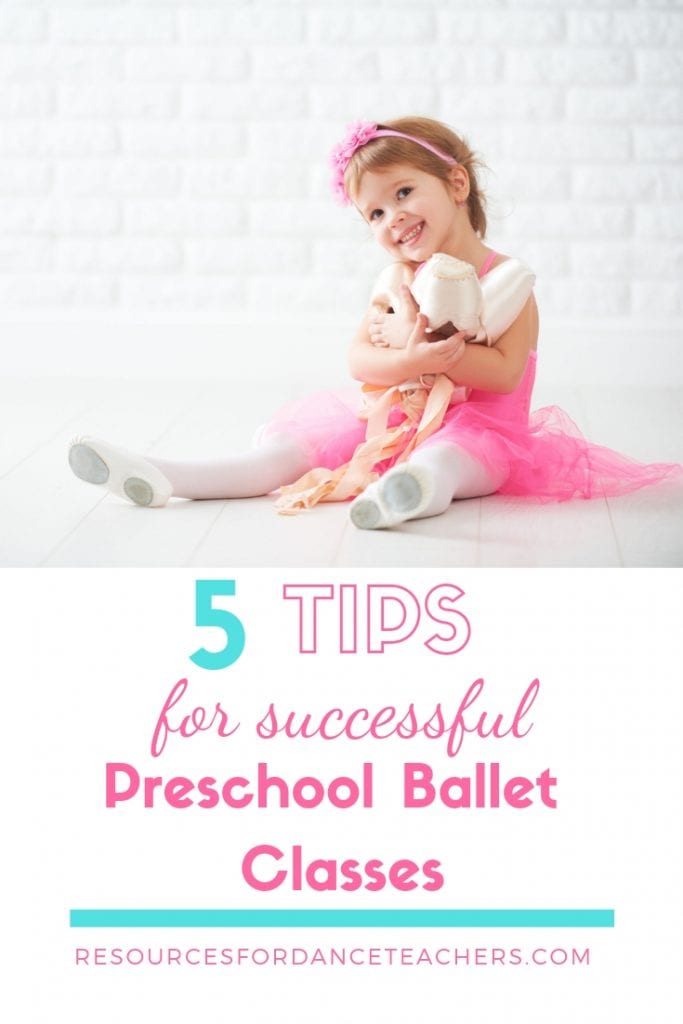
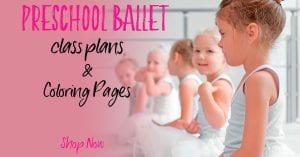
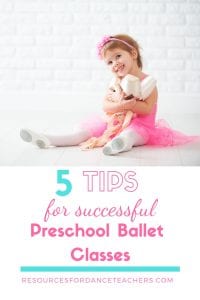

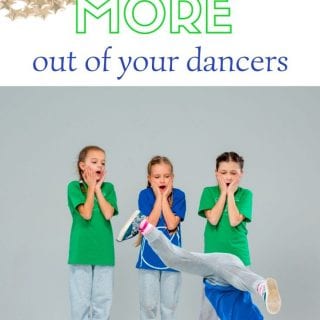
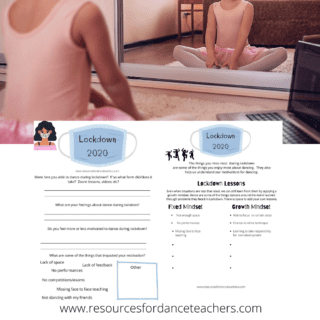
How to run a successful Preschool Ballet class | World Of Dance
October 9, 2019 at 1:38am[…] Original Source […]